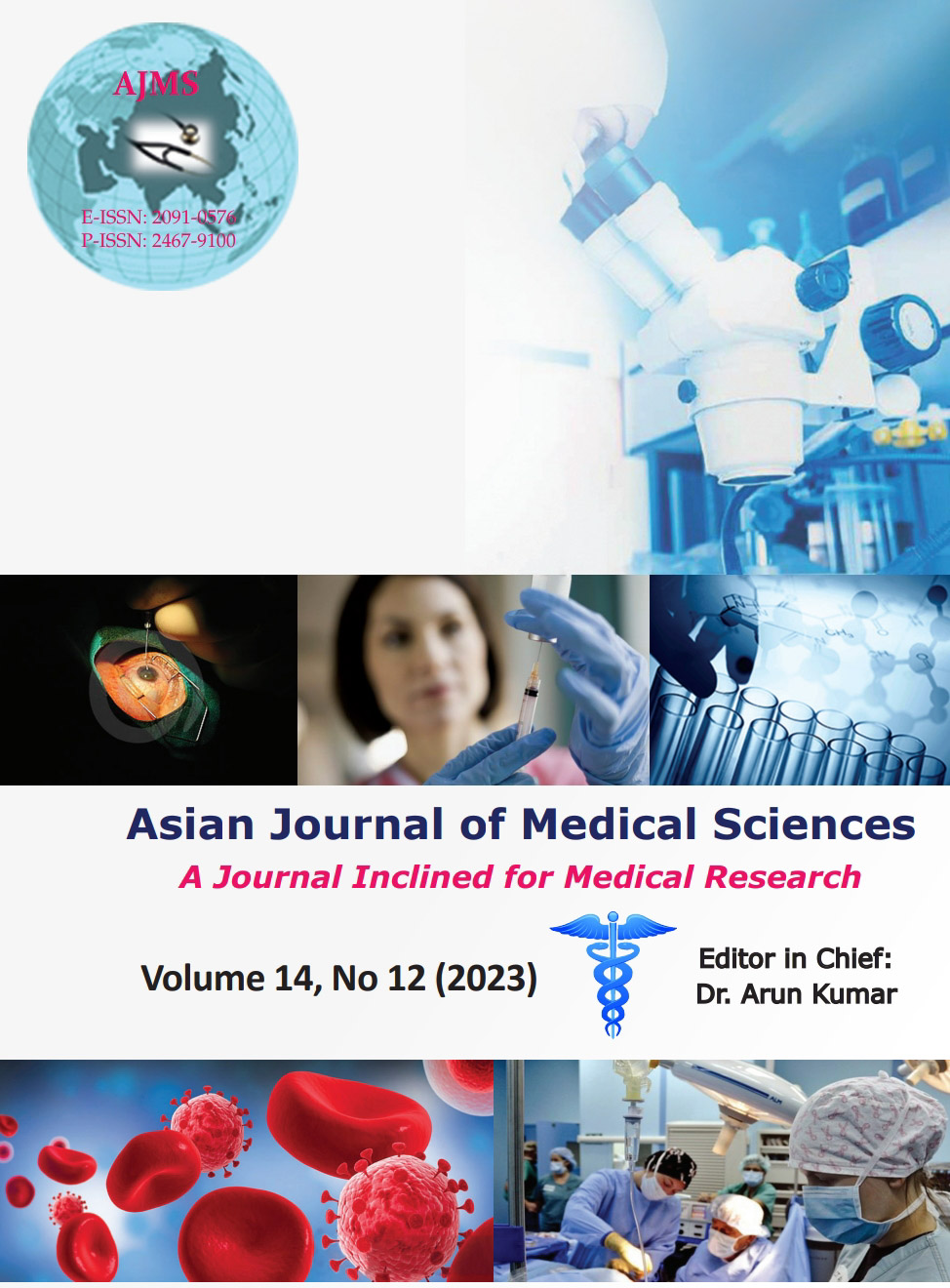Objective assessment of the factors affecting outcome of immediate management of mandibular fractures – A prospective study in a Level-I trauma care center
Keywords:
Mandibular fractures; Severity score; Pain visual analogue scoreAbstract
Background: Mandibular fractures lead to complications if improperly treated. The management of mandibular fractures includes open reduction and internal fixation (ORIF) or closed reduction. Associated complications include malocclusion, infection, hardware extrusion, and nerve injury.
Aims and Objectives: The aims of this study were to evaluate the functional outcome of various treatment modalities of mandibular fracture and to identify the factors affecting the outcome.
Materials and Methods:
The study included patients admitted in the trauma care center, between 13 and 70 years of age, and having mandibular fracture. Patients underwent ORIF or closed reduction according to the type of fracture. Mandibular injury severity score (MISS), Mandibular functional impairment questionnaire (MFIQ) score, and pain visual analog score were used to assess the functional outcome of treatment and complications.
Results: Majority of the patients were male and were in the age group 21–30 years. The most common cause of fracture was road traffic accident (RTA). Majority of the patients underwent ORIF. Patients having higher injury severity scores, severe MFIQ scores and pain visual analog scores had more complications. Overall, complications in open reduction cases were higher than closed reduction ones. However, weight loss and time to functional improvement were more in closed reduction cases.
Conclusion:
Young males are most commonly affected with fracture of mandibles and mostly due to RTAs. There should be minimal delay from presentation to operative intervention in case of patients who require ORIF. Scoring systems such as MISS, MFIQ, and pain visual analog scale scores may help in the early prognostication of injury and warn against imminent complications.
Downloads
Downloads
Published
How to Cite
Issue
Section
License
Copyright (c) 2023 Asian Journal of Medical Sciences

This work is licensed under a Creative Commons Attribution-NonCommercial 4.0 International License.
Authors who publish with this journal agree to the following terms:
- The journal holds copyright and publishes the work under a Creative Commons CC-BY-NC license that permits use, distribution and reprduction in any medium, provided the original work is properly cited and is not used for commercial purposes. The journal should be recognised as the original publisher of this work.
- Authors are able to enter into separate, additional contractual arrangements for the non-exclusive distribution of the journal's published version of the work (e.g., post it to an institutional repository or publish it in a book), with an acknowledgement of its initial publication in this journal.
- Authors are permitted and encouraged to post their work online (e.g., in institutional repositories or on their website) prior to and during the submission process, as it can lead to productive exchanges, as well as earlier and greater citation of published work (See The Effect of Open Access).




